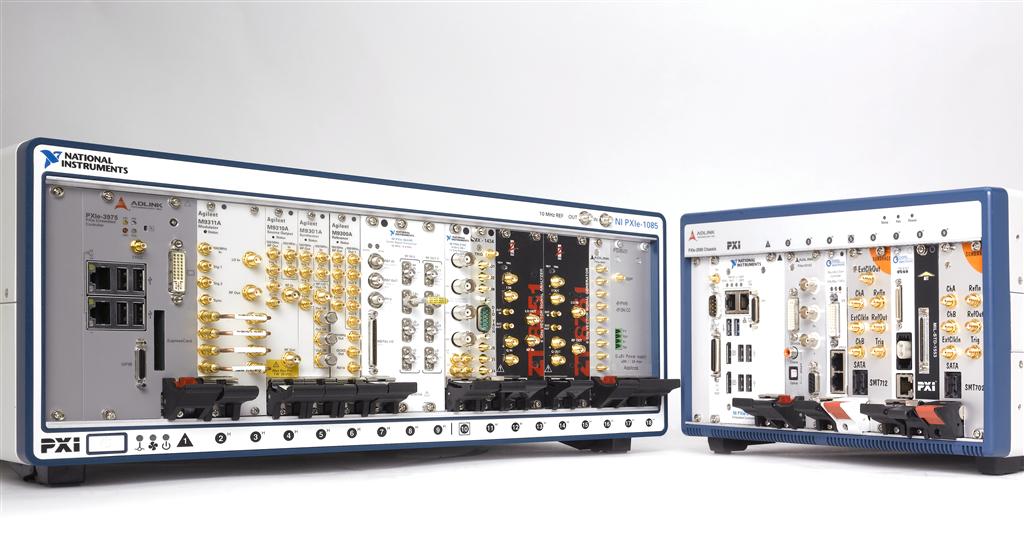Description
The National Instruments SCC-CO20 Isolated Current Output Module, with Part Number 777459-33, is designed to facilitate a single-channel output that handles an input voltage range from 0 to 10 volts and provides an output current range of 0 to 20 mA.
It features a load resistance range that varies from 2500 to 625 ohms to accommodate different load points from 5 mA to 20 mA, ensuring versatile application across a variety of testing procedures. The module’s absolute accuracy is maintained at 0.1% of full-scale, highlighting its precision.
Temperature influences are minimal, with a typical drift of 0.5 µA/°C and a maximum of 1 µA/°C, demonstrating stability across varying environmental conditions. Weighing in at only 28 grams and with compact dimensions of 3.55 x 7.93 x 1.87 cm, the module is remarkably portable.
Additionally, it boasts 60 VDC continuous voltage isolation for channel to earth, ensuring safety and integrity of measurements. Compatibility with E/M Series DAQ devices allows for seamless integration into existing setups. The SCC-CO20 is optimized for performance within an operational temperature range of 0 to 50 °C, catering to a wide array of industrial environments.
| Specification | Detail |
|---|---|
| Product Name | National Instruments SCC-CO20 Isolated Current Output Module |
| Part Number | 777459-33 |
| Number of Channels | 1 |
| Input Voltage Range | 0 to 10 V |
| Output Current Range | 0 to 20 mA |
| Load Resistance Range | 2500 to 625 ohms (5 mA to 20 mA) |
| Absolute Accuracy | 0.1 % of full-scale |
| Temperature Drift (Typical) | 0.5 µA/°C |
| Temperature Drift (Maximum) | 1 µA/°C |
| Weight | 28 grams |
| Dimensions (W x L x D) | 3.55 x 7.93 x 1.87 cm |
| Voltage Isolation | 60 VDC continuous, channel to earth |
| Compatible with | E/M Series DAQ device |
| Operational Temperature Range | 0 to 50 °C |
Q1: What is the range of load resistance that the National Instruments SCC-CO20 Isolated Current Output Module can accommodate, and what does this range imply for its application versatility across different testing procedures?
A1: The maximum drift for the National Instruments SCC-CO20 Isolated Current Output Module is 1 microamp per degree Celsius.
Q2: How does the National Instruments SCC-CO20 Isolated Current Output Module ensure precise and stable performance across various environmental conditions?
A2: The input voltage range of the National Instruments SCC-CO20 Isolated Current Output Module is 0 to 10 volts, and it provides an output current range of 0 to 20 mA; its compatibility with E/M Series DAQ devices indicates that it can be easily integrated into existing data acquisition setups, ensuring a seamless connection with these systems.
Q3: What is the input voltage range and the output current range of the National Instruments SCC-CO20 Isolated Current Output Module?
A3: The National Instruments SCC-CO20 Isolated Current Output Module can accommodate a load resistance range of 2500 to 625 ohms, which implies that it offers application versatility across different testing procedures by being able to handle varying load points from 5 mA to 20 mA.
Q4: What is the maximum drift in microamps per degree Celsius for the National Instruments SCC-CO20 Isolated Current Output Module?
A4: The input voltage range of the National Instruments SCC-CO20 Isolated Current Output Module is 0 to 10 volts, and the output current range is 0 to 20 mA.
Q5: What is the input voltage range and output current range of the National Instruments SCC-CO20 Isolated Current Output Module, and what does its compatibility with E/M Series DAQ devices indicate about its integration capabilities?
A5: The National Instruments SCC-CO20 Isolated Current Output Module ensures precise and stable performance across various environmental conditions by maintaining an absolute accuracy of 0.1% of full-scale and exhibiting minimal temperature drift with a typical value of 0.5 µA/°C and a maximum of 1 µA/°C, along with its capability to operate within an operational temperature range of 0 to 50 °C.



